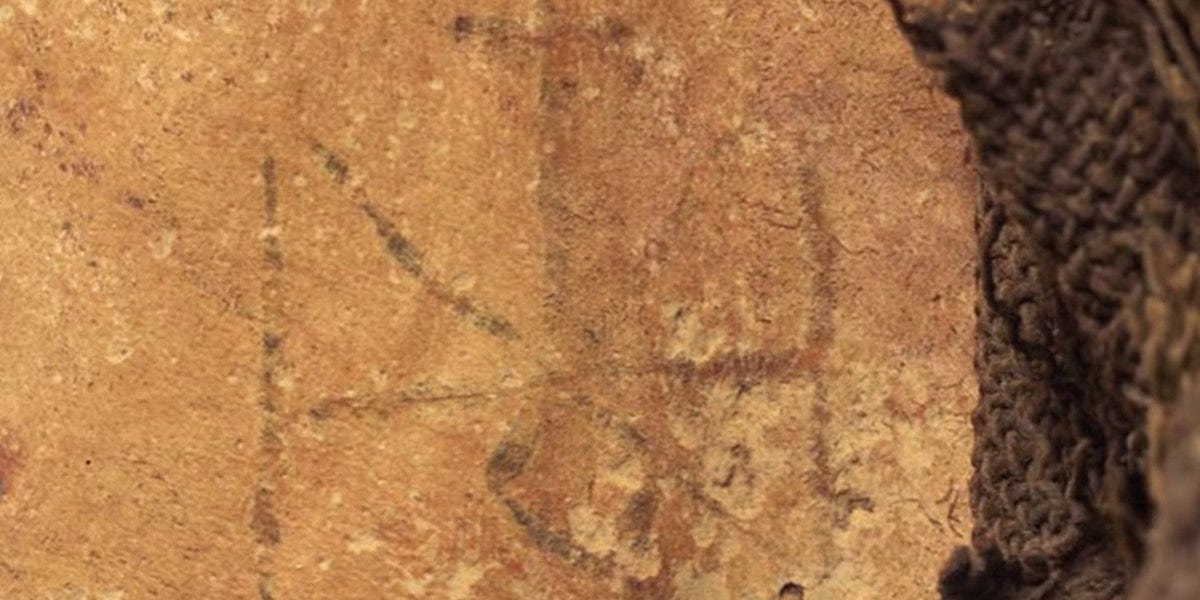EGYPTIAN MUMMY HAD A TATTOO OF ARCHANGEL MICHAEL
About 1,300 years ago a woman who lived in Egypt and was buried on the bank of the Nile River sought the protection of Saint Michael the Archangel.
It was not enough to wear a talisman, instead she tattooed his name on her skin in order to invoke this mighty, angelic warrior.
A cemetery in Sudan near the bank of the Nile was unearthed in 2005. It dates back to 700 A.D. In 2014, some of the remains were examined using a CAT scan, and a woman's mummy bore the sigil of the Archangel Michael tattooed on her inner thigh.
Contrary to popular belief, regular Egyptians were mummified just like the Royal family.
She measured 5'2" in height, and was between 20 to 35 years of age. Her body was wrapped in a woolen and linen cloth, and the desert heat mummified her body
As deciphered by curators, the tattoo found high on her inner thigh, written in ancient Greek, reads Μιχαήλ, transliterated as M-I-X-A-H-A, or Michael. It features a cross on top of a symbol representing the Archangel Michael. It combines in one symbol the letters forming the name Michael (MIXAHΛ) in Greek or Coptic (both languages use a very similar alphabet).
There is a good chance she was a Christian and seeking the protection of the Archangel who was also the patron saint of Nubia.
Monograms of St. Michael have been found on the walls of churches and pottery throughout Nubia.
In present day, tattooing continues to be popular among Copts who inscribe a small cross on the inside of the wrist.
According to a theology professor at Fordham Univeristy, "There was a sizable Christian population in Egypt in the 700s, perhaps close to a majority of the population. Like Greeks and Romans across the Mediterranean, the portion of the population that was literate was fascinated by the shapes of letters and delighted in making designs with letters in names. Hence, we have the odd shape of the tattoo composed of the letters.”
Placing the name of a powerful heavenly protector on one's body by a tattoo or amulet was very common in antiquity.
This same professor said, "Christian women who were pregnant often placed amulets with divine or angelic names on bands on their abdomens to insure a safe delivery of their child. Placing the name on the inner thigh, as with this mummy, may have had some meaning for the hopes of childbirth or protection against sexual violation, as in ‘This body is claimed and protected.’ Michael is an obvious identity for a tattoo, as this is the most powerful of angels.”
Christian Gnostics, religious cultists in that era, were especially interested in the names and functions of intermediary beings between humans and the divine.
Christians were not the only ones to use the names of angelic powers in ancient days. Jews of antiquity were fascinated by the identity and nature of angels.







